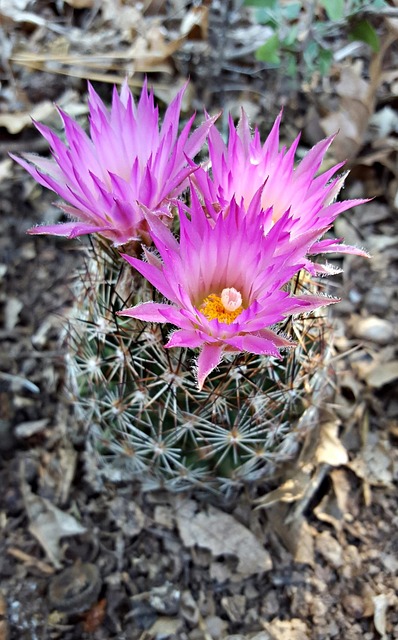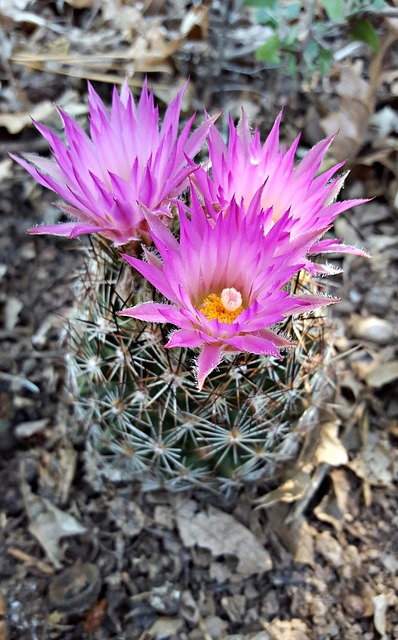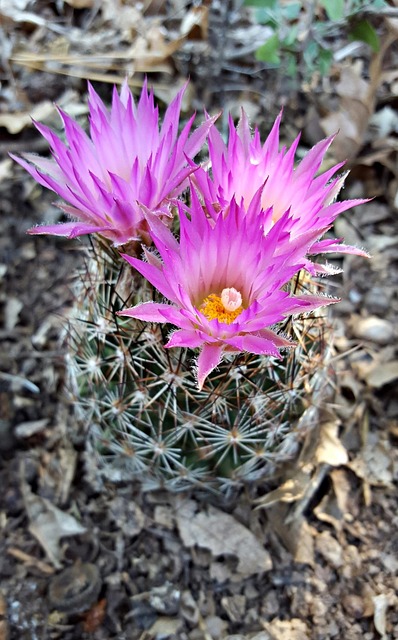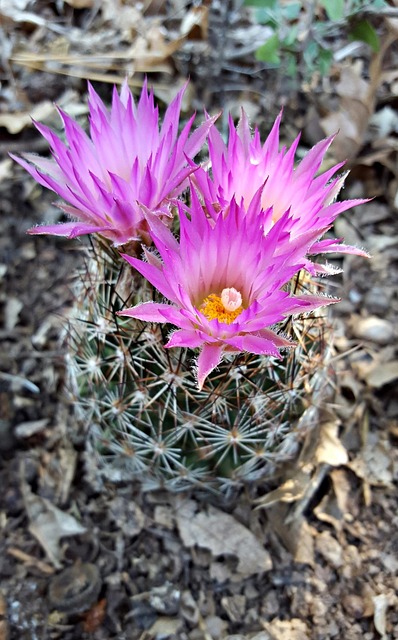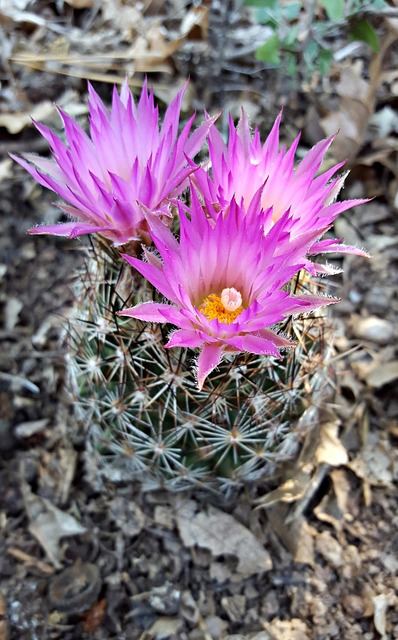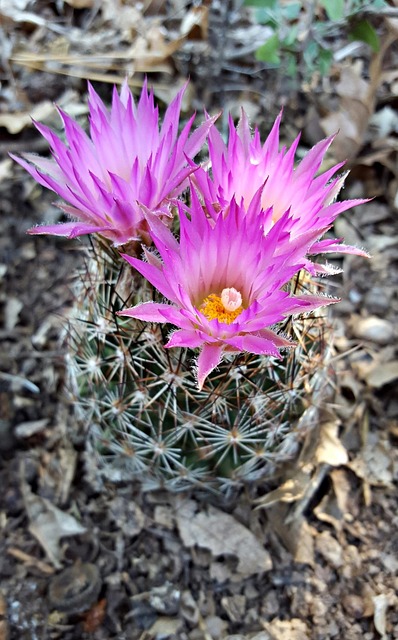In today's competitive real estate market, integrating eclectic shops and galleries is gaining traction as a unique asset. These spaces offer a distinctive shopping experience, attracting clients with vintage boutiques and contemporary art exhibits. This trend influences strategies for property owners and developers, revitalizing underutilized spaces to boost foot traffic, property values, and community engagement. Eclectic shops and galleries rejuvenate urban areas, fostering cultural exchange, economic growth, and increased neighborhood appeal.
“Discover the vibrant world of eclectic shops and galleries, where unique finds meet artistic expression. This article explores how these diverse destinations are transforming real estate landscapes, from bustling city centers to local neighborhoods. We delve into their impact on communities, examining how they foster creativity, drive foot traffic, and revitalize urban areas. From a real estate perspective, the rise of eclectic shops offers fresh opportunities for investors and developers, creating vibrant hubs that resonate with modern consumers.”
Unveiling Eclectic Shopping Experiences: A Real Estate Perspective
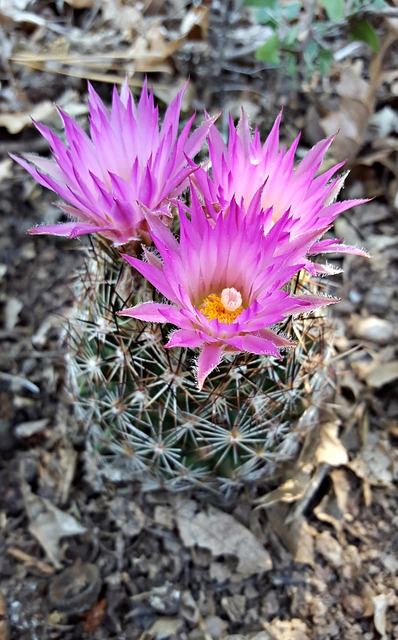
In today’s competitive market, real estate professionals are recognizing the growing appeal of eclectic shops and galleries as unique assets. These diverse retail spaces offer a one-of-a-kind shopping experience that goes beyond conventional options, attracting a discerning clientele. From vintage boutiques to contemporary art exhibits, such establishments inject vibrancy into urban landscapes, transforming vacant properties into vibrant hubs of creativity and consumerism.
The integration of eclectic shops and galleries has significant implications for real estate strategies. Property owners and developers are increasingly tailoring their offerings to cater to this niche market, understanding that the blend of retail, art, and culture can boost foot traffic and elevate property values. This trend not only revitalizes underutilized spaces but also creates a dynamic environment that fosters community engagement and economic growth.
The Rise of Unique Galleries and Their Impact on Local Communities
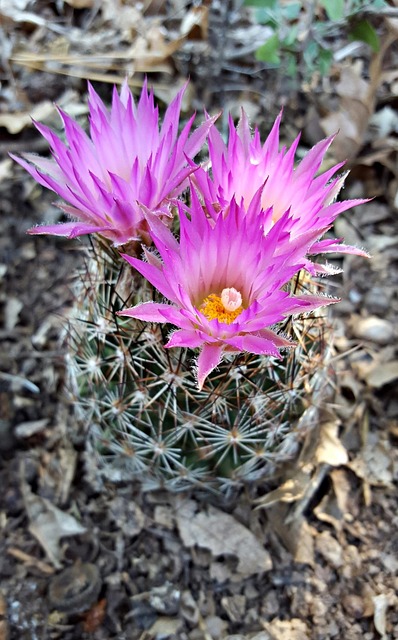
The rise of unique galleries and eclectic shops is a vibrant trend transforming local communities, especially in urban areas. This surge in creative spaces is reshaping real estate landscapes, with property owners recognizing the immense value these cultural hubs bring to neighborhoods. Galleries, with their diverse offerings—from contemporary art exhibitions to vintage curiosities—attract a wide range of patrons, fostering a sense of community and cultural exchange.
The impact is profound; these unique establishments invigorate areas once considered mundane, becoming hotspots for locals and visitors alike. They contribute to the overall vibrancy and desirability of a location, encouraging foot traffic, stimulating local economies, and enhancing property values. As a result, real estate markets in these cultural hubs experience a boom, with investors and developers taking note of the growing demand for spaces that cater to artistic expression and individualism.
How Eclectic Shops Revitalize Urban Landscapes: A Look at Successful Cases
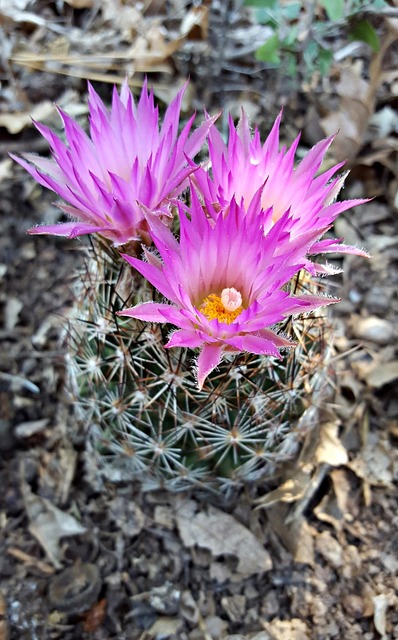
Eclectic shops and galleries are revitalizing urban landscapes, breathing new life into forgotten spaces. These unique destinations attract a diverse range of visitors, transforming once-neglected areas into vibrant hubs of cultural exchange and economic activity. Successful cases across various cities demonstrate that eclectic retail can significantly enhance a neighborhood’s appeal, driving real estate values and fostering community engagement.
For instance, in downtown areas where traditional retail has struggled, the introduction of eclectic shops has created a diverse and dynamic environment. These establishments often feature locally sourced products, artisanal creations, and one-of-a-kind finds, appealing to both locals seeking distinct items and tourists exploring unique experiences. The result is a revitalized streetscape that encourages foot traffic, fosters local businesses, and ultimately strengthens the area’s overall economic health.
